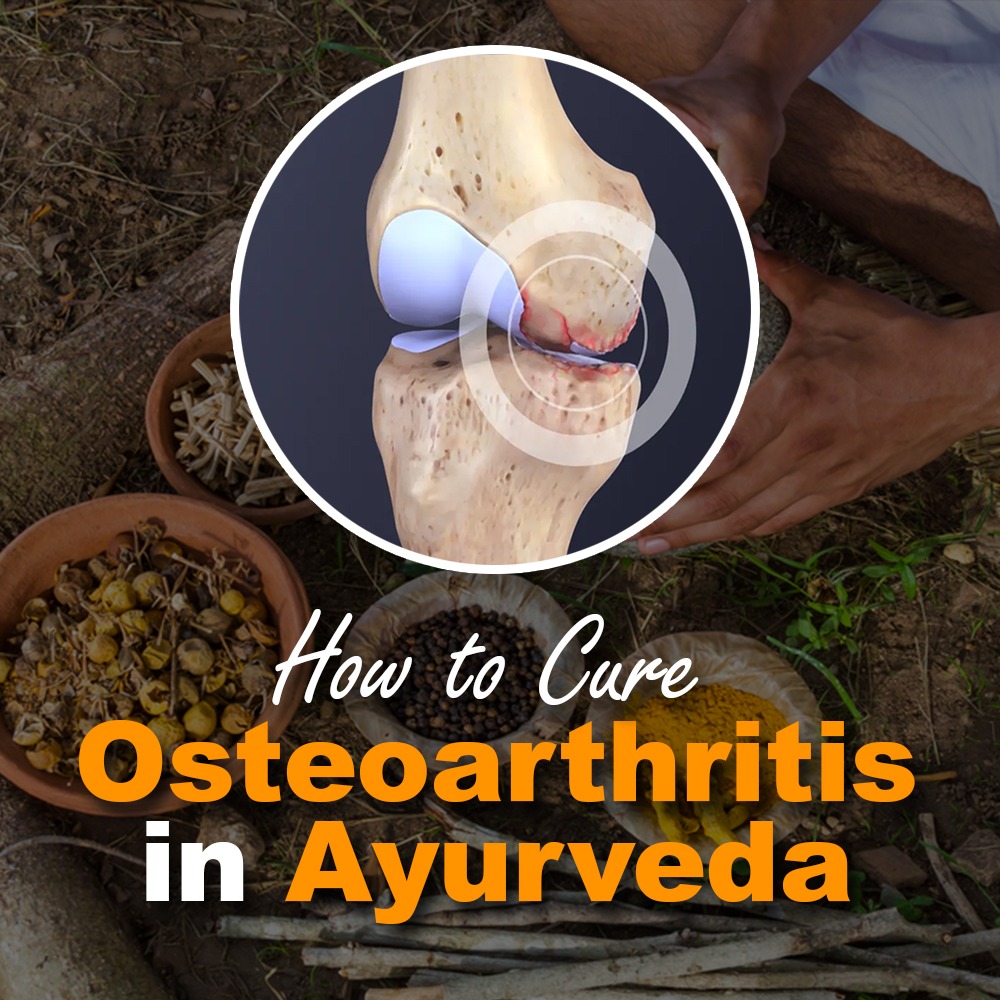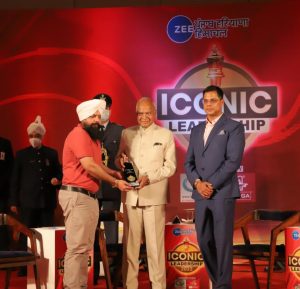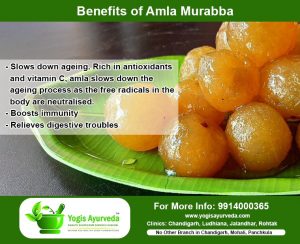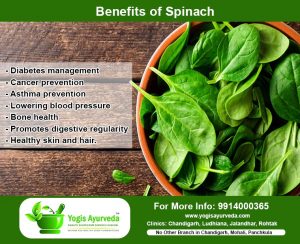According to Ayurveda, Osteoarthritis occurs due to aggravation of Vata Dosha and is known as “Sandhivata” (sandhi=joint).
How to Cure Osteoarthritis in Ayurveda
The vata (one of the three bio-regulating principles of the body) is aggravated by various reasons like improper diet, over exertion, injury, exposure to cold & intake of cold items, suppression of natural urges, staying awake at night, stress, depression etc. Apart from these, aging is a primary cause as vata predominance in body increases as age of the person advances towards old age. Individuals with the Vata Prakruti are also more prone for the Sandhivata.
Vata is rooksha (dry) in nature. When Vata get vitiated in any of the joints, dries up the lubricating synovial fluid inside the joint capsule, degenerates the joints and causes the destruction of the cartilage.
Sandhivata gradually worsens with time, and no cure exists. But Sandhivata treatments can prevent the progression of the disease, relieve pain, rejuvenates damaged cartilages, and improves the joint lubrication, function & strength.
Sandhivata treatment includes both Samana chikitsa and shodhan chikitsa. Shamana chikitsa includes Ayurveda oral medicines and external applications. Shodana chikitsa includes Ayurveda Panchakarma and Kayakalpa therapies for detoxification and rejuvenation. Healthy diet habits & life style are equally important in maintaining the joint health.
At CHARAKA, we provide very effective treatment for Sandhivata. Early diagnosis and treatment is the key to controlling Sandhivata-osteoarthritis. Panchakarma procedures require around 3 – 4 weeks depending on the joint involved and patient can expect significant benefit within this period.
Our goal of managing Sandhivata-osteoarthritis includes controlling/relieving pain, maintaining and improving range of movement and stability of affected joints and limiting functional impairment.
Osteoarthritis (degenerative joint disease or osteoarthrosis) is the most common form of arthritis, affecting millions of people around the world. Often called wear-and-tear arthritis, osteoarthritis occurs when the protective cartilage on the ends of bones wears down over time. It causes pain, swelling and reduced motion in your joints.
Osteoarthritis (OA) can occur in any joint, but usually it affects your hands, knees, hips or spine. Osteoarthritis involves the entire joint, including the nearby muscles, underlying bone, ligaments, joint lining (synovium), and the joint cover (capsule). A variety of causes—hereditary, developmental, metabolic, and mechanical—may initiate processes leading to loss of cartilage.
Osteoarthritis mostly affects cartilage, the hard but slippery tissue that covers the ends of bones where they meet to form a joint. Healthy cartilage allows bones to glide over one another. It also absorbs energy from the shock of physical movement. In osteoarthritis, the surface layer of cartilage breaks and wears away. This allows bones under the cartilage to rub together, causing pain, swelling, and loss of motion of the joint. Over time, the joint may lose its normal shape. Also, small deposits of bone—called osteophytes or bone spurs—may grow on the edges of the joint. Bits of bone or cartilage can break off and float inside the joint space. This causes more pain and damage.
Unlike some other forms of arthritis, such as rheumatoid arthritis, osteoarthritis affects only joint function. It does not affect skin tissue, the lungs, the eyes, or the blood vessel
Signs and Symptoms
Osteoarthritis symptoms often develop slowly and worsen over time. Signs and symptoms of osteoarthritis include:
- Pain
- Tenderness
- Stiffness
- Loss of flexibility
- Grating sensation.
- Bone spurs









